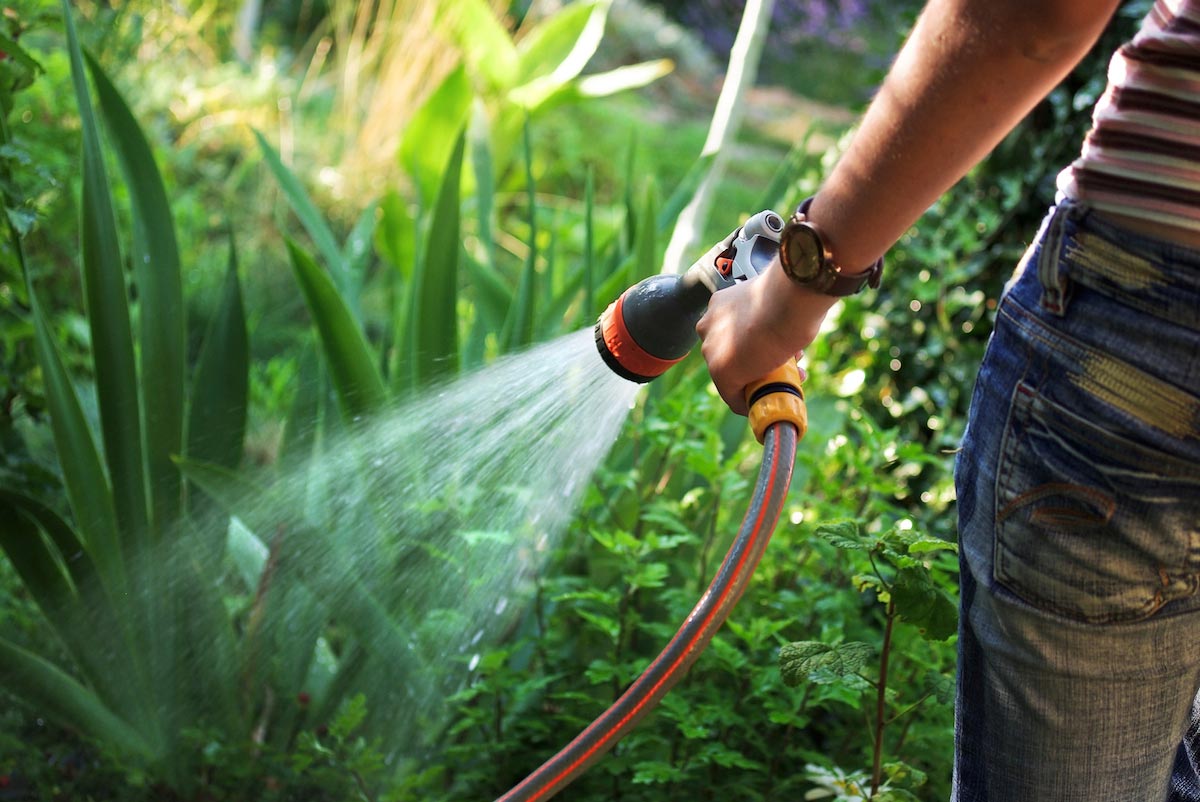(Homesteading.news) Whether or not you believe in man-made climate change, one thing is indisputable: that the Southwestern United States are experiencing a record-breaking drought that has lasted for around 14 years. This particular drought has the potential of becoming what is termed a “megadrought” — one which lasts more than two decades.
But even if you don’t live in one of the drought-affected areas, water conservation is still important. As the population increases, so does the demand on our water resources, and there is simply no excuse for wasting this precious commodity which is so vital to our very existence.
So in this article I’d like to give you some tips for drought gardening techniques and also some general methods of reducing water waste. Even if you have no water restrictions in your area, you’ll save money and help the environment by incorporating these in your landscaping and gardening routine.
You’ve probably heard the term “xeriscaping,” which doesn’t necessarily mean replacing your lawn and garden with cacti and rocks. Xeriscaping merely means employing techniques that reduce water waste and overall usage.
Here are a few useful water conservation tips that you can begin using right now, no matter where you live:
Early morning and night watering — Watering your lawn or garden in the nighttime or early morning hours reduces the amount of water evaporation. Hook up timers in your watering system to make this easier.
Avoid using overhead sprinklers — Overhead sprinklers lose a lot of water to evaporation. Use drip systems or soaker hoses, or water your lawn and garden manually.
Group plants with similar water needs — Plant rows or areas with plants that require the same amount of water, so that you can use consistent (and therefore conservative) irrigation techniques.
Use mulch — A mulch layer of 3″ or 4″ will reduce evaporation and help keep weeds out of your garden.
- Into clean, organic, gluten- and GMO-free Foods and Products? Shop the NaturalNews Store!
Water deeper and less often — This will encourage roots to grow deeper, making plants more drought-resistant.
Adjust your lawn height — Mow your grass at a higher setting on your lawnmower to reduce growth rate, encourage deeper roots and shade the soil, all of which reduce watering demands.
Fix leaks — Fix leaks in your watering system, such as hose fittings. Also fix any leaks inside your house as well (the average home loses more than 10 percent of its water to leaks).
Start conserving waste water — Begin collecting “grey” water and other wasted water in your household. For instance, the water wasted while waiting for your shower to heat up can be collected in a bucket for outdoor watering. Collect rainwater from gutters and drains.
Don’t over-fertilize — Over-fertilizing leads to excessive growth, which in turn means more watering is needed.
Choose appropriate plants — Before planting lawns, gardens, trees or ornamentals, take into consideration how much water each requires. Select plants that thrive in your surroundings without much extra watering.
If you live in a drought-prone area, you may be tempted to feel guilty about planting a food garden due to the watering requirements. Of course, you need to obey any local water restrictions, but keep in mind that you are doing the environment a favor by growing your own food.
For one thing, you can grow more efficiently in terms of water usage than a large-scale commercial farm can, and since there are no transport costs (and the resulting environmental impact), you are actually helping to conserve water and other resources.
We live in a world where we can no longer afford to waste natural resources, and by rethinking our relationship to our environment, we can not only become better stewards of the planet but also enjoy a happier and healthier lifestyle.
Reporting by Daniel Barker, NaturalNews.com.
Sources:
Homesteading.news is part of the USA Features Media network. Check out our daily headlines here.







